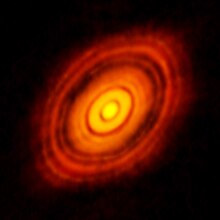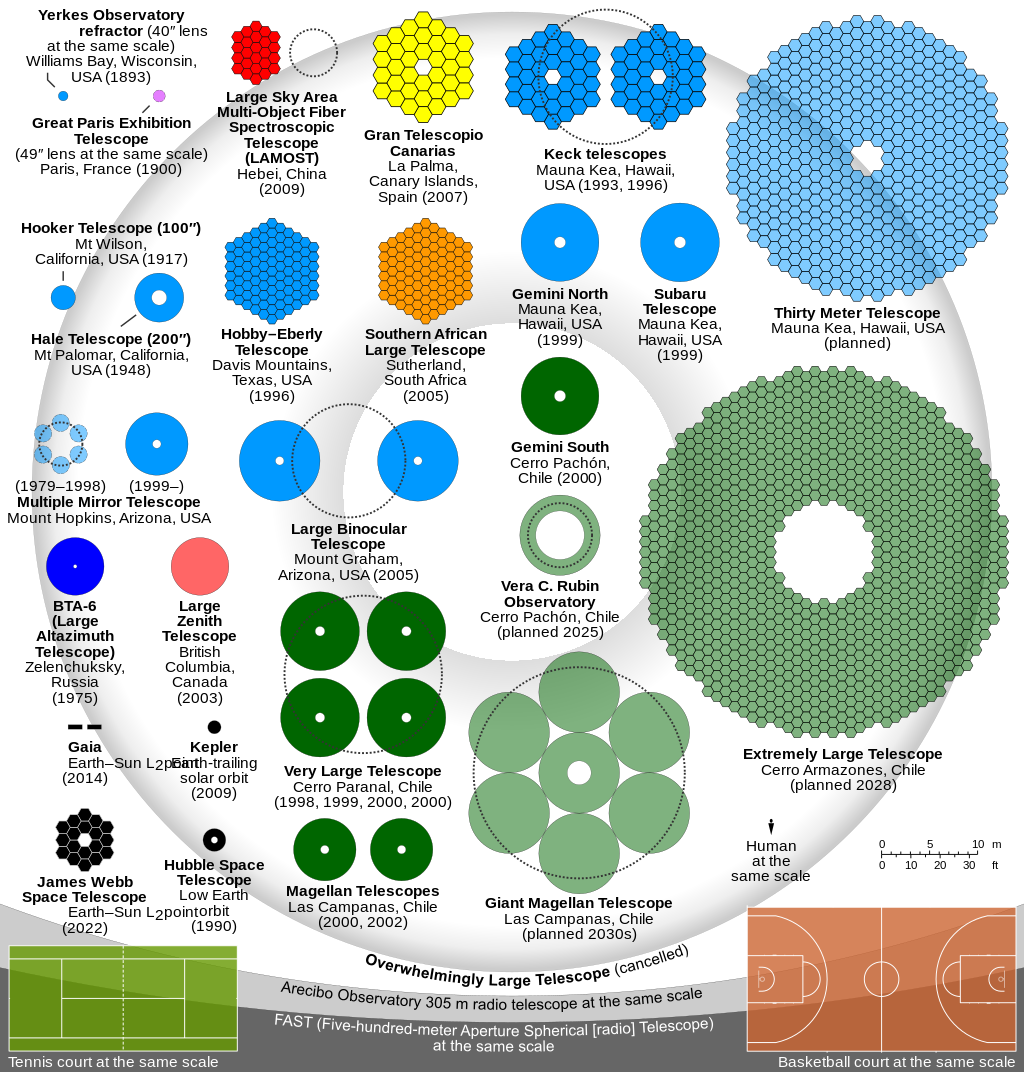LightSail 2 becomes first spacecraft to change orbit using sunlight
By
Korey Haynes | Published: Wednesday, July 31, 2019
 LightSail 2 took this picture of itself, with Earth in the background, while deploying its sail on July 23.
LightSail 2 took this picture of itself, with Earth in the background, while deploying its sail on July 23.
The Planetary Society
The Planetary Society, a non-profit organization focused on space exploration, has successfully transferred their LightSail 2 spacecraft from one orbit to another using only the power of sunlight, a first. The recent success not only proves the effectiveness of solar sailing technology, but also opens up a new, more cost-effective way to propel small spacecraft.







